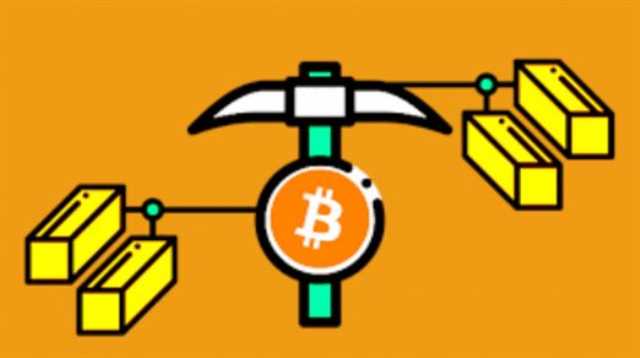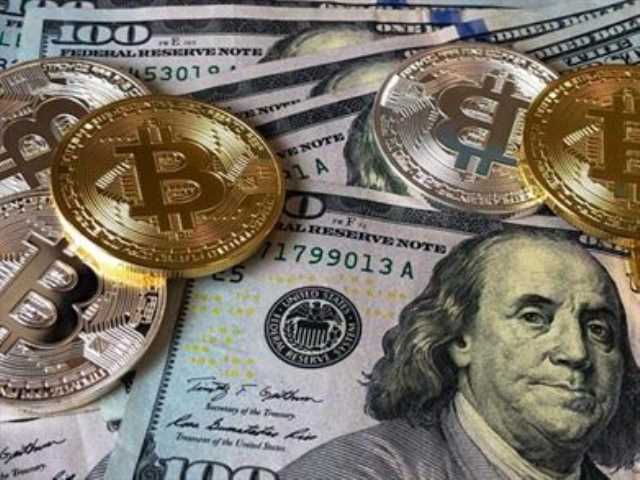
Often, it’s extremely expensive, and the lives people have in their last two months are really horrible. The security of rollups is improving, their readiness to accept lots of users is improving. So this is part of our rollout of sharding, the scaling solution that’s coming after the merge and after Proof of Stake, but in my opinion, is just as important.

Can you tell me about the breakthrough developers at ETHDenver made in blob data transactions this weekend?
- Vitalik Buterin, who spearheaded the launch of the Ethereum blockchain in 2015, has become the world’s youngest crypto billionaire at age 27.
- Buterin’s achievements with Ethereum, conceiving and creating the platform himself, make him a leader in the world of crypto.
- If done right, such a smart contract would autonomously release 1,000 USDT to Bob after he had deposited and locked $2,000 as collateral.
- The Gray Glacier network upgrade pushed back the difficulty bomb by three months.
- Vitalik Buterin is the Co-founder of what is now the world’s second-most valuable cryptocurrency, Ethereum, worth an estimated US$220.2bn.
The Ethereum blockchain launched in July 2015 under the codename “Frontier.” This first iteration of Ethereum used the same proof-of-work (PoW) consensus mechanism on the Bitcoin network. In this system, computers have to solve complex algorithmic problems to post new transactions on the blockchain. who made ethereum Whichever computer solves this puzzle first receives crypto rewards in the form of ETH. And when you click order, it just creates a transaction that just directly sends them [stablecoins] or whatever. And then the transaction has a field of data that contains an encoding of what your order is.
Founding Ethereum: Vitalik Buterin, the crypto pioneer
In the same year, Di Iorio made the Forbes list of the top-20 richest people in cryptocurrency, with an estimated net worth of $750 million–$1 billion. They never did sign the document incorporating Ethereum, which is what had brought them there in the first place—the blockchain platform remains a non-profit. But, from that point on, all eight were enshrined as co-founders of a startup which is now worth a cool $27 billion.
- EIP-7514 brings a tightening to the issuance of ETH by capping the “churn” rate that validators can join the network to eight (8) per epoch.
- The staking deposit contract introduced staking to the Ethereum ecosystem.
- Ethereum is the world’s second-largest crypto project by market capitalization and was the first to introduce smart contract functionality to the industry.
- The story of Ethereum is one of prolonged success (although not entirely free of setbacks as well), as the platform is now responsible for settling trillions of dollars worth of transactions each year.
- The Ethereum Foundation won’t release any funds locked on the Beacon Chain’s smart contract until it launches the Shanghai upgrade.
Staking deposit contract deployed
If you’re unfamiliar to him or new to crypto, you should definitely start there; it explains who he is and why he’s such an influential leader in the crypto space. A process that relieved network congestion, the crypto platform also moved to a proof-of-stake mining model – as opposed to the traditional proof-of-work model – reducing its energy output by as much as 99%. The change to proof of stake was at the heart of the Ethereum merge in 2022. The merge was completed in September 2022, decreasing the network’s power consumption by 99%, from 112 terawatts per hour annually (TWh/yr) to 0.01 (TWh/yr).
Tangerine Whistle EIPsOfficial improvements included in this fork.More
The launch of Ethereum derivatives gave more institutional investors access to ETH’s price action. Before working on Ethereum, Buterin had already been a significant figure in the early crypto space. For instance, he co-founded Bitcoin Magazine and wrote multiple research papers on new crypto technologies, such as colored coins. Now, with his brother Joey, he has a games development studio, Grid Games, and recently put some of the ether he received from Ethereum up for sale to fund development.
Buterin: Founding Ethereum

Before Ethereum upgraded to a proof-of-stake protocol, the network used more than 5 gigawatts (GW) of power. He quietly supports various different blockchain projects, but is very low-profile, and doesn’t like publicity, said Russo. As the technical kinks get worked out, Buterin has turned his attention toward larger sociopolitical issues he thinks the blockchain might solve. On his blog and on Twitter, you’ll find treatises on housing; on voting systems; on the best way to distribute public goods; on city building and longevity research. While Buterin spent much of the pandemic living in Singapore, he increasingly lives as a digital nomad, writing dispatches from the road.
2014: Ethereum’s creation
For comparison, the next largest blockchains—TRON and the BNB Smart Chain—each have $4 billion in TVL. But the use cases for the ethereum protocol are just getting started, crypto experts say. The Russian-born developer proposed using blockchain-based smart contracts to encode all the assets and bylaws of entire organizations, allowing them to function without https://www.tokenexus.com/ independent oversight. The EVM is Ethereum’s native processing system that allows developers to create smart contracts and lets nodes seamlessly interact with them. Ethereum developers write smart contracts with Solidity, a programming language much like Javascript and C++. These smart contracts written in Solidity can be read by humans but not computers.
As a writer, Michael has covered everything from stocks to cryptocurrency and ETFs for many of the world’s major financial publications, including Kiplinger, U.S. News and World Report, The Motley Fool and more. Michael holds a master’s degree in philosophy from The New School for Social Research and an additional master’s degree in Asian classics from St. John’s College. Buterin is involved in a handful of blockchain projects other than Ethereum, including L4, Plasma Group and more. With proof of work, crypto miners verify transactions by generating matching computer codes.






